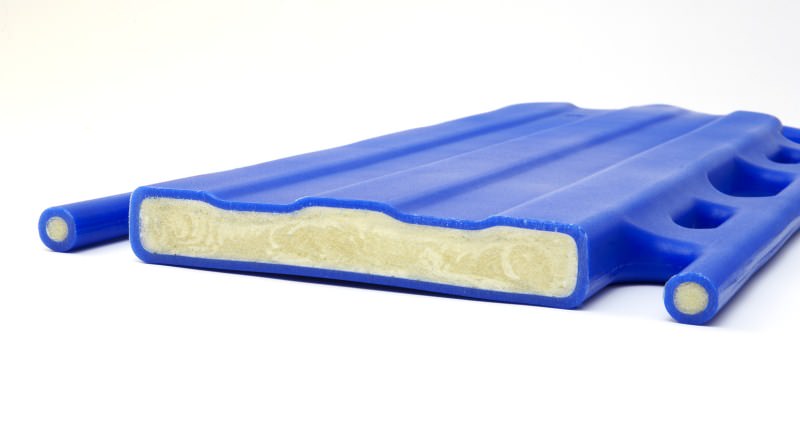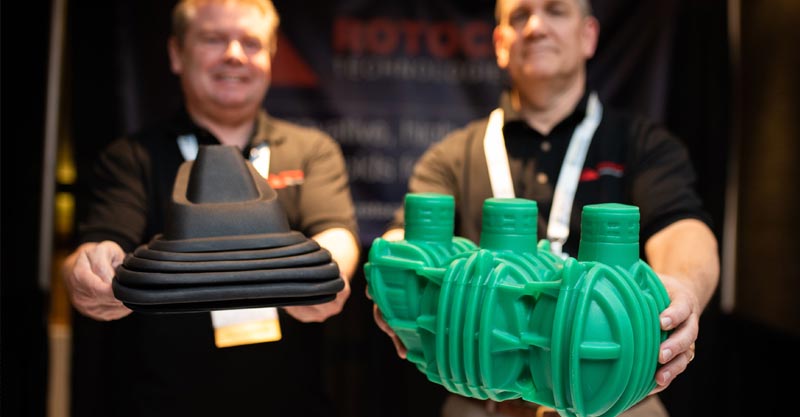In the evolving world of client things manufacturing, Rotomolding stands apart as a innovative method that marries invention with practicality. This method, known for their versatility and cost-efficiency, is positioned to play a crucial role in reshaping how everyday items are created. For everyone invested in the manufacturing market, knowledge the ongoing future of rotational molding is essential.

Why Rotational Molding Is Increasing Footing
Rotational molding , or rotomolding , is celebrated for its power to make worthless items with uniform wall thickness. That makes it suitable for making sturdy consumer goods that range between outside furniture to toys. The process requires heat plastic resin in a mold, that will be then spun on multiple axes. That ensures actually distribution and types an easy product. With developments in plastic technology and environmental styles forcing towards sustainable options, rotomolding is well-positioned to eclipse conventional methods like shot and strike molding.
Inventions Driving the Industry Forward
Scientific breakthroughs are in the centre of rotomolding 's future. Enhanced automation and real-time checking methods are streamlining the process, reducing period instances, and increasing precision. Moreover, the release of new plastic blends allows companies to produce stronger, light, and more eco-friendly products. Innovations in mold-making methods, such as for example 3D printing, are also paving the way for faster prototyping and decreased manufacturing costs.
Sustainability Where Rotational Molding Shines
In an era wherever sustainability is more than a buzzword, rotational molding presents substantial advantages. The method generates little waste, as excess material may often be recycled in following batches. Also, rotomolded goods are noted for their durability, reducing the necessity for regular replacements. Suppliers are significantly experimenting with biodegradable and recycled materials, more aiming rotomolding with global efforts to cut back carbon footprints.
Challenges and Possibilities Forward
Whilst the prospects for rotational molding are encouraging, problems remain. The first setup expenses may be high, specifically for complex designs. Also, the routine time for providing each object is lengthier compared to another methods. But, these difficulties provide possibilities for innovation. As demand for personalized, on-demand generation develops, rotomolding 's flexibility can offer a aggressive edge.

A Future Shaped by Rotational Molding
The continuing future of rotational molding in customer goods production is bright. Its flexibility, coupled with ongoing technological breakthroughs, jobs it as a vital participant in the industry. For companies and customers equally, this approach promises not just better services and products but additionally an even more sustainable method of production.
